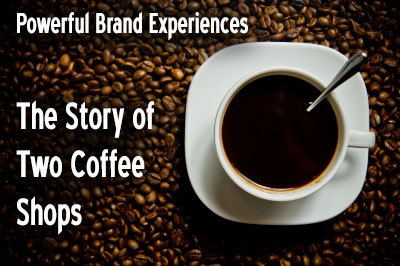2011 has been a fascinating year for Marketers, and for me especially. Businesses everywhere are opening their eyes to the inescapable truth that social communications are now essential for success, and with this change comes a tremendous shift in the way businesses conduct themselves and communicate with their communities. Looking at the usage stats, this is hardly surprising.
Social communications are altering the way we do everything. Facebook, as the largest social network, has ingrained itself in to the daily life of virtually everyone in North America, in one form or another. Even if you personally don’t have an account (which seems highly unlikely), everyone around you does. We are ALL impacted in some way by social communications, and to deny it is simply naive. It’s changed the way we keep in touch with those in our lives. It’s changed how we express happiness and how we make our outrage known. It’s changed how we think about our personal privacy, and what our rights are.
It’s changed our culture.
Throughout the year, I’ve stumbled across hundreds of excellent insights written by hundreds of brilliant people. I thought about scouring my Twitter archive and digging up a handful of the most potent articles from the year, but I quickly realized that this would be a nearly impossible task. There’s simply too much good stuff to sort through. So, I thought I’d just go through my own stuff and choose a handful of my favourite articles that were no doubt inspired by all that great stuff. It’s an easy compromise, I suppose, but I’m ok with that.
So, here’s a short list of some of my own personal blog posts that I’m proud of this year. They’re not necessarily the most ‘commented on’, or the ‘most shared’ posts I wrote, but they’re the ones that really resonated with me when I wrote them. I hope you enjoy them!
1 – The Twitterized Classroom
This article looks at how I attempted to use social communications to enhance the learning in a college classroom setting. Social media is stereotypically looked at as nothing more than a pervasive distraction by teachers, but I think the results of this might surprise you!
2 – Social Strategies for Uncommon Businesses
This article was written for all those companies who look at Social Media and think “I get how it works for Starbucks, but what am I supposed to do for MY business??” There’s a lot of different options and approaches, so this is intended to help you choose where to begin.
3 – Powerful Brand Experiences – The Story of Two Coffee Shops
I get a bit nostalgic in this one. I look at how brand-building goes beyond a logo or Pantone colour and consists of a complete sensory experience. My own experiences with two fantastic coffee shops illustrate just how strong these connections can be.
4 – 3 Lessons About Social Media Learned From Transformers
This one was fun. Inspiration can be drawn from anywhere, and therefore anything can be turned in to an analogy. Here I take a few anecdotes from the classic ‘good robots vs. evil robots’ battle for the universe that helped define my childhood.
5 – Getting a Head-Start Through LinkedIn
Historically, your career began on graduation day. Now? It begins the moment you set foot on campus for the first time. The connections you make, the activities you participate in, the internships you take, and the faculty you impress are all part of building your ‘personal brand’.
Well, there you have it! 2011 was a tremendous year in marketing, and I foresee 2012 being even better! This ‘social’ roller coaster hasn’t even crested the first hill yet, and I’m pretty sure we’re in for one heck of a ride next year!





























